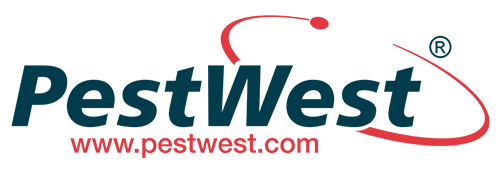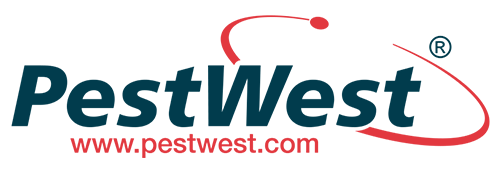One should always consider if the UV fly control units installed at their facilities are performing to the best of their ability and even more so at the onset of the flying insect season.
Are the fluorescent ‘shatterproof’ tubes producing optimum levels of ultraviolet light?
Are the sticky boards still capable of retaining any insect which lands upon them?
Is the equipment itself maintained adequately?
Fluorescent ‘shatterproof’ tubes
It is a fact, known to all who work with ultra violet fly control units that the ultra violet light produced by the phosphors within the tubes deteriorates over time. As a result of the fall in output of the UV light, it has become standard practice within the responsible pest control industry to replace UV tubes when the output has fallen by a maximum of 30 to 50%. It is felt by most people that with good quality tubes this equates to around 8-10 months operation.
It is important to remember that the vast majority of the emission of the tube cannot be seen by humans. The typical purple-blue light, which doesn’t degrade like UV light, plays no real part towards insect attraction!
It is best practice to replace tubes yearly at the beginning of the insect season, around March / April time. An annual replacement is a requirement of all major food safety standards (ISO 22000, AIB, BRC, IFS…). These standards also make it a legal requirement to avoid glass contamination from accidental tube breakage notably during the annual replacement. To bring this risk to a minimum shatter-resistant tubes are used. All shatter-resistant coatings should comply with the international legislation for glass retention under impact, the IEC 61549 norm and allow at least 95% of the initial UV emission through the coating.
When purchasing tubes to replace those in a unit, it is therefore absolutely imperative to remember that not all of the available tubes are of the same quality. There is a great discrepancy in the output levels from the various tubes available and also in their longevity. The quality of the coating is also fundamental. For these reasons it is absolutely essential to select tubes from quality manufacturers.
How can you tell what are good quality tubes? Reputable manufacturers like PestWest will be able to supply supportive data for their tubes and their shatter-resistant coatings. These data will outline details of spectral output levels also details of the output level over time, etc.
There is often a great temptation to purchase less expensive tubes this is always false economy in the long run!
Sticky boards
Exactly like the choice of tubes outlined above the choice of sticky boards is extremely important as well. There has been a great deal of research into the development of sticky boards which can retain flying insects when they are attracted into a trap by the UV light. It is not just a matter of applying any glue to a board and hoping the flies are caught when they come into contact with the board. It is essential that the glue is not too rapidly degraded by the UV light, that the glue does not dry out quickly, that the glue does not “run” from the board, etc. Besides this, the actual board must use the right carton material and have the right thickness and treatment to keep its shape and avoid warping under the challenging combination of UV, heat and sometimes moisture.
Sticky boards from reputable manufacturers have been developed over many years of testing and experimenting. These boards can give many weeks of reliable and effective trapping of the insects within the fly control units. Quality glue boards still need to be replaced when they become full or dusty. It is common practice to replace the glue boards 6 to 8 times per year, often once in the colder months and monthly in the Summer months.













